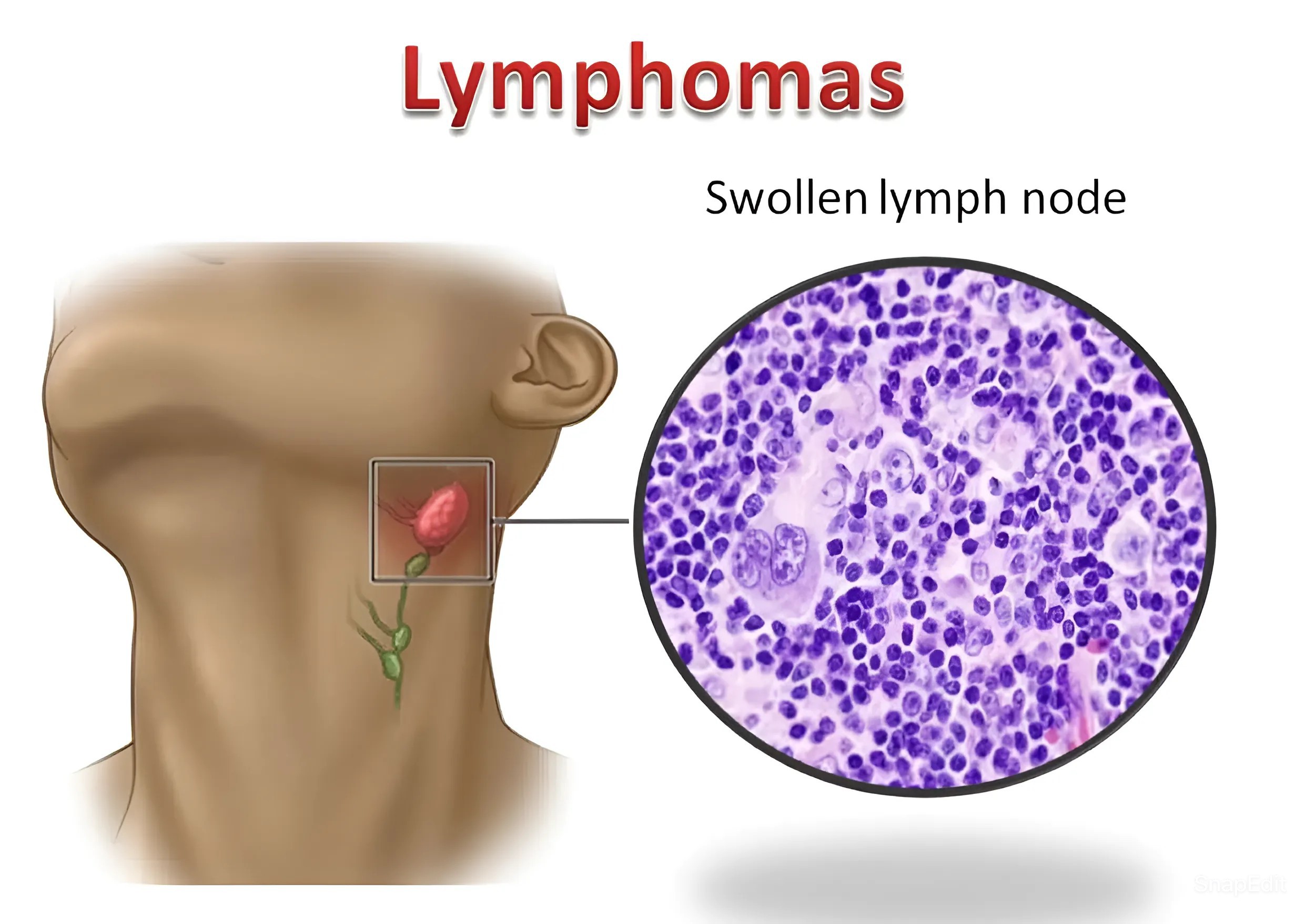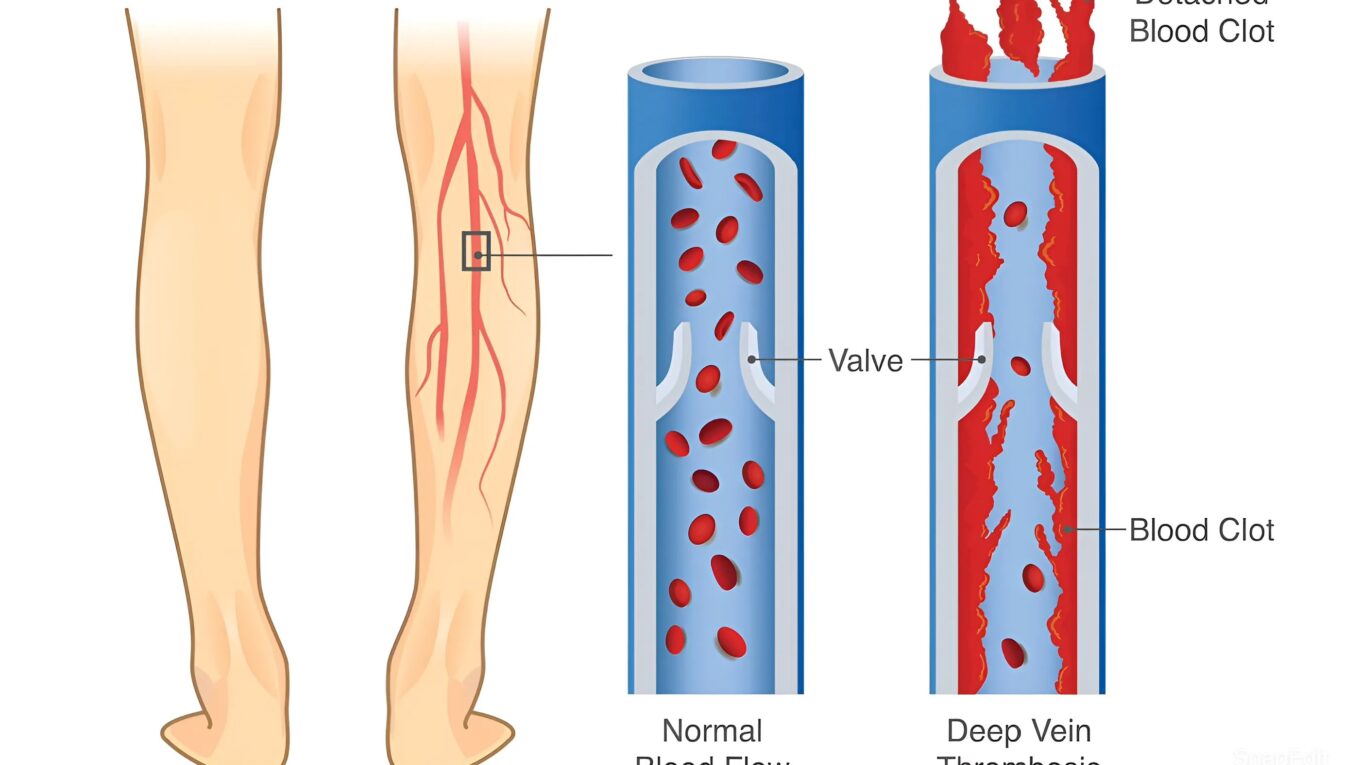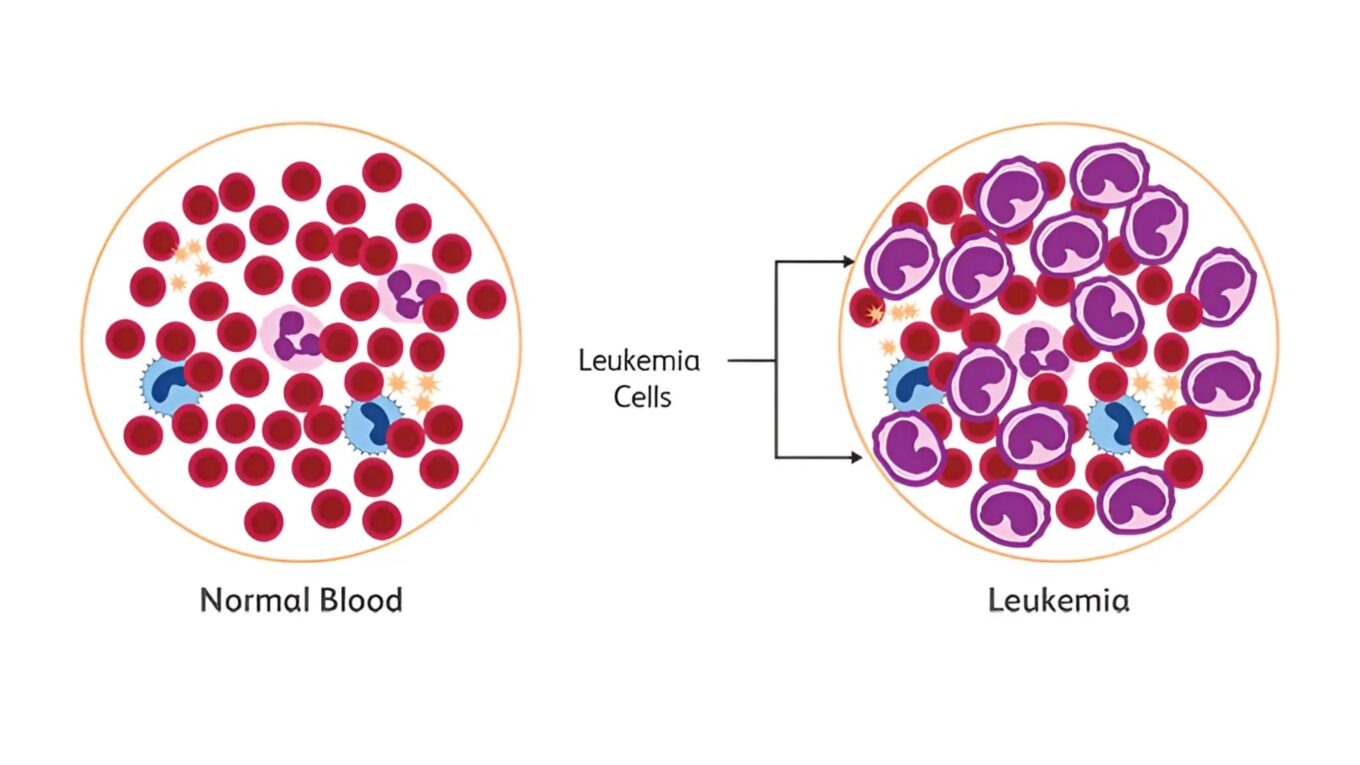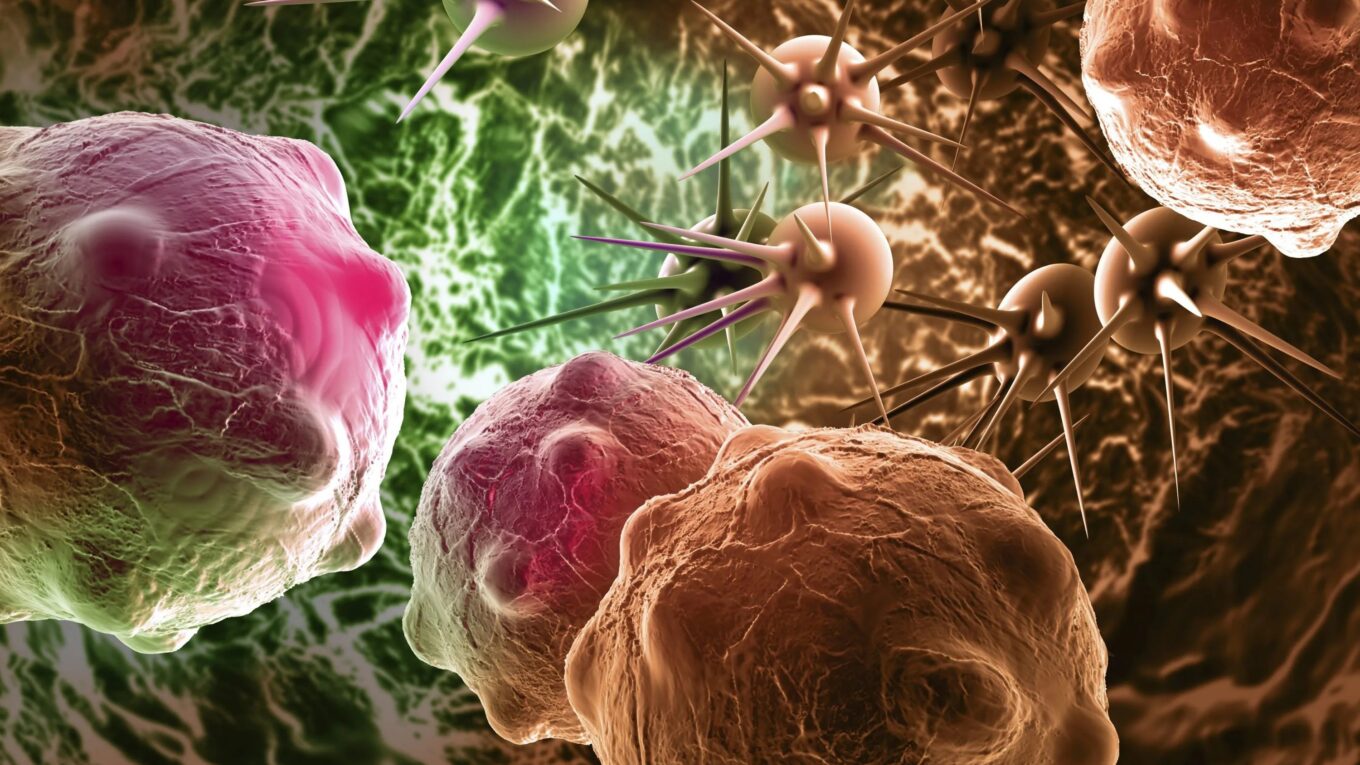Click here to Visit Facebook Page
Introduction:
Lymphomas are a diverse group of blood cancers that originate in the lymphatic system, a vital part of the body’s immune system. They develop when lymphocytes, a type of white blood cell, undergo abnormal changes, leading to uncontrolled growth and the formation of tumors. This comprehensive guide aims to provide an in-depth understanding of lymphomas, including their types, symptoms, diagnosis, and treatment options.
Click here to Visit Facebook Page
Types of Lymphomas:
Lymphomas are broadly categorized into two main types: Hodgkin lymphoma (HL) and non-Hodgkin lymphoma (NHL). Within these categories, there are numerous subtypes, each with distinct characteristics and behavior.
1. Hodgkin Lymphoma (HL):
– Hodgkin lymphoma is characterized by the presence of Reed-Sternberg cells, large abnormal cells found in the lymph nodes.
– Subtypes of HL include classical Hodgkin lymphoma (cHL) and nodular lymphocyte-predominant Hodgkin lymphoma (NLPHL).
– cHL accounts for the majority of Hodgkin lymphoma cases and is further divided into four subtypes: nodular sclerosis, mixed cellularity, lymphocyte-rich, and lymphocyte-depleted.
Click here to Visit Facebook Page
2. Non-Hodgkin Lymphoma (NHL):
– Non-Hodgkin lymphomas comprise a diverse group of cancers that originate from lymphocytes other than Reed-Sternberg cells.
– There are more than 60 subtypes of NHL, classified based on the type of lymphocyte affected (B cells, T cells, or NK cells), the rate of tumor growth, and other characteristics.
– Common subtypes of NHL include diffuse large B-cell lymphoma (DLBCL), follicular lymphoma (FL), mantle cell lymphoma (MCL), and marginal zone lymphoma (MZL).
Click here to Visit Facebook Page
Symptoms of Lymphomas:
The symptoms of lymphomas can vary depending on the type, location, and stage of the disease. Common symptoms may include:
– Painless swelling of lymph nodes in the neck, armpits, or groin
– Fever, chills, and night sweats
– Unexplained weight loss
– Fatigue and weakness
– Persistent itching
– Difficulty breathing or chest pain (in cases of mediastinal involvement)
– Abdominal pain or swelling (if lymphoma affects abdominal organs)
Click here to Visit Facebook Page
Diagnosis of Lymphomas:
Diagnosing lymphomas typically involves a combination of medical history evaluation, physical examination, imaging tests, laboratory tests, and biopsy.
1. Medical History and Physical Examination:
A healthcare provider will inquire about the patient’s symptoms, medical history, and risk factors. A physical examination may reveal enlarged lymph nodes, organ enlargement, or other abnormalities.
Click here to Visit Facebook Page
2. Imaging Tests:
Imaging studies such as CT scans, PET scans, MRI scans, and ultrasound may be performed to visualize the extent of lymphoma involvement and identify any tumors or abnormalities in the body.
3. Laboratory Tests:
Blood tests may be conducted to assess blood cell counts, liver and kidney function, and levels of certain proteins associated with lymphomas, such as lactate dehydrogenase (LDH).
4. Biopsy:
A biopsy is the definitive diagnostic test for lymphomas. It involves the removal of a sample of tissue from a lymph node or affected organ for microscopic examination by a pathologist. Various techniques may be used, including fine-needle aspiration, core needle biopsy, or surgical biopsy.
Click here to Visit Facebook Page
Treatment Options for Lymphomas:
Treatment for lymphomas depends on several factors, including the type and stage of the disease, the patient’s overall health, and their preferences. Common treatment modalities include:
1. Chemotherapy:
Chemotherapy involves the use of powerful drugs to kill cancer cells or stop their growth. It is often used as the primary treatment for lymphomas and may be given alone or in combination with other therapies.
2. Radiation Therapy:
Radiation therapy uses high-energy beams to target and destroy cancer cells. It may be used to shrink tumors, alleviate symptoms, or prevent the spread of cancer to specific areas.
Click here to Visit Facebook Page
3. Immunotherapy:
Immunotherapy works by harnessing the body’s immune system to recognize and attack cancer cells. Monoclonal antibodies, checkpoint inhibitors, and CAR T-cell therapy are examples of immunotherapies used in the treatment of lymphomas.
4. Targeted Therapy:
Targeted therapy drugs are designed to specifically target cancer cells while minimizing damage to healthy cells. They may interfere with specific molecules or pathways involved in cancer growth and survival.
5. Stem Cell Transplantation:
Stem cell transplantation, also known as bone marrow transplantation, may be considered for patients with certain types of lymphomas, particularly those who have relapsed or are at high risk of relapse. It involves the infusion of healthy stem cells to replace damaged or destroyed bone marrow.
Click here to Visit Facebook Page
Conclusion:
Lymphomas are complex blood cancers that require a multidisciplinary approach to diagnosis and treatment. With advances in research and medical technology, more effective and targeted therapies are becoming available, improving outcomes for patients with lymphomas. Early detection, accurate diagnosis, and personalized treatment plans are essential in managing the disease and improving quality of life for affected individuals.




